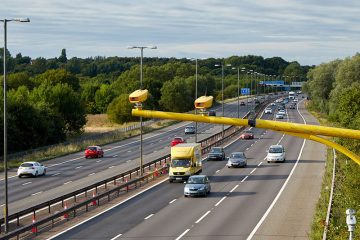Understanding the DVSA: Role and Recent Developments

Introduction to the DVSA
The Driving and Vehicle Standards Agency (DVSA) plays a crucial role in ensuring road safety and maintaining vehicle standards in the United Kingdom. Established in 2014, the DVSA oversees the testing of new vehicles, the training of drivers, and the enforcement of road safety regulations. Its remit is vital for public safety and the integrity of the road transport system, making it a key organisation within the UK government.
Key Responsibilities of the DVSA
The DVSA is responsible for a broad range of functions, including:
- Conducting Driving Tests: The DVSA administers driving tests across the UK, ensuring that all drivers meet the required safety standards before being allowed on the roads.
- Vehicle Inspections: The agency is tasked with monitoring vehicle standards and emissions testing to ensure that vehicles on the road are safe and environmentally compliant.
- Promoting Road Safety: Through campaigns and educational programmes, the DVSA advocates for better driving habits and awareness to reduce accidents.
Recent Developments
In recent months, the DVSA has made headlines for several initiatives aimed at improving the driving experience and enhancing road safety. The introduction of new driving test standards has been a significant focus, aiming to prepare future drivers for real-world conditions more effectively. Furthermore, the DVSA has begun to incorporate advanced technology into its processes, including online booking systems and remote vehicle inspections, which are expected to streamline services and improve public access.
This year, the DVSA also reported a shift in driver behaviour following the pandemic, with an increase in electric vehicle usage. In response, the agency is adapting its vehicle standards and testing frameworks to ensure these vehicles meet regulatory requirements while promoting sustainability.
Conclusion
The DVSA remains a pivotal figure in the UK’s transportation landscape, constantly evolving to address new challenges and enhance public safety. With ongoing changes in technology and vehicle standards, it is anticipated that the DVSA’s importance will only grow in the coming years. For readers, understanding the functions and developments of the DVSA is crucial, not just for compliance with driving regulations, but also for fostering a safer and more efficient travel environment on UK roads.









